Disclosure: This article contains affiliate links. We may earn a commission from purchases at no extra cost to you, which helps our travel content.
Los Angeles often feels like a city performing for an audience – all bright lights, celebrity handprints, and tour buses crawling past supposed star residences. But after covering sporting events here for over two decades before my move to New Zealand, I've developed a relationship with LA that runs deeper than its silver-screen veneer. Like a test match that reveals its true character on day three, Los Angeles unfolds its authentic self only when you venture beyond the first impressions. The city harbors cultural ecosystems as diverse and complex as any rainforest I've documented – neighborhoods where traditions are preserved through food and art, coastal enclaves where locals have crafted lifestyles in harmony with the Pacific, and urban wilderness areas that provide crucial ecological balance to this sprawling metropolis. This guide is my playbook for couples seeking the Los Angeles that Angelenos themselves treasure – a city of surprising depth, cultural richness, and natural wonder that exists just beyond the marquee attractions.
Cultural Crossroads: LA's Neighborhood Treasures
The true pulse of Los Angeles beats strongest in neighborhoods that tourists rarely venture into – places where cultural identities haven't been polished for visitor consumption but remain vibrantly authentic.
In Leimert Park, the heart of African American arts and culture in LA, I've spent afternoons listening to impromptu jazz sessions that rival anything you'd pay premium tickets for downtown. The World Stage performance space hosts workshops and jam sessions where the collaborative spirit reminds me of cricket teams I've covered – individual brilliance harmonizing into collective excellence. Nearby, Eso Won Books houses one of the finest collections of African American literature in the country – I once found myself in an unexpected hour-long conversation with the owner about sports as cultural resistance.
Travel east to Boyle Heights, and you'll discover a Mexican American community that has maintained its cultural identity despite waves of gentrification pressure. Mariachi Plaza serves as both performance space and community gathering point. On Sundays, the sounds of violins and trumpets fill the air as musicians gather, sometimes to find work, sometimes simply to play together. The nearby Libros Schmibros lending library combines literary culture with community service in a way that feels both intellectually rigorous and warmly accessible.
For a taste of LA's Armenian heritage, spend an afternoon in Glendale at spots like Mini Kabob – a tiny family-run operation where the grilled meats achieve that perfect balance of char and tenderness. The portions may look modest compared to American supersizing, but like a well-executed rugby play, every element serves its purpose with precision.
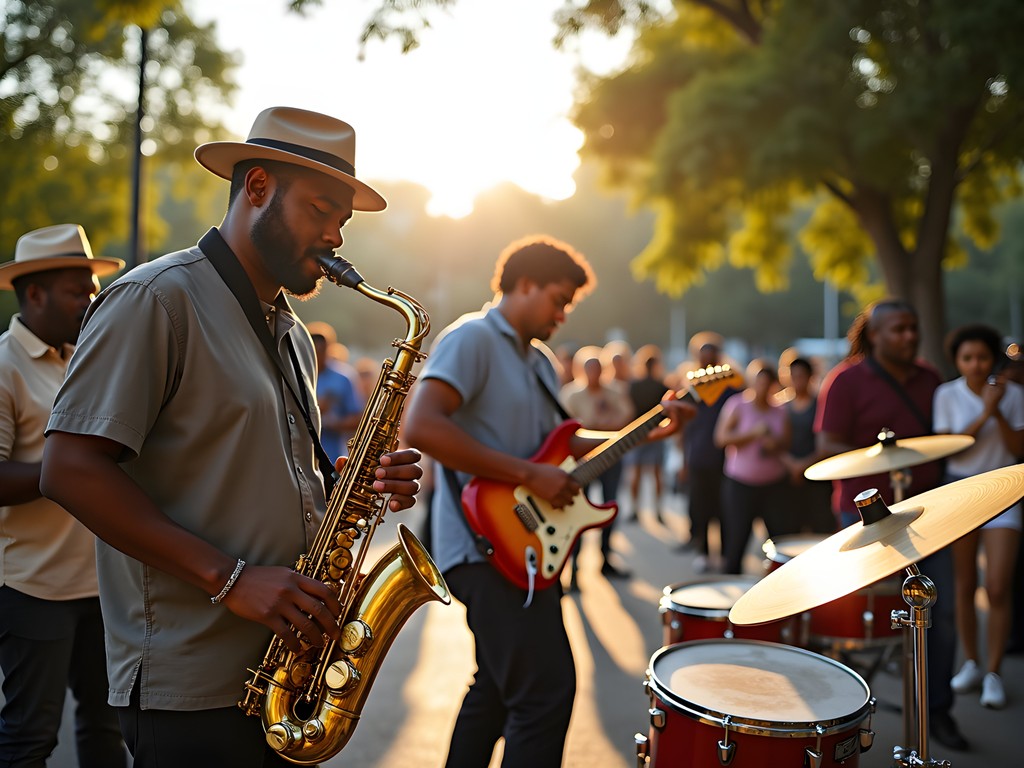
💡 Pro Tips
- Visit Leimert Park on the last Sunday of the month for the art walk when galleries and studios open their doors
- At Mariachi Plaza, mornings are best for seeing musicians gather, while evenings often feature impromptu performances
- Many neighborhood gems are closed on Mondays – always check hours before venturing out
Coastal Secrets: Beyond Santa Monica and Venice
While tourists flock to the carnival atmosphere of Venice Beach and the pristine commercialism of Santa Monica, locals know that LA's coastal magic lies in the less trafficked stretches of shoreline.
El Matador State Beach near Malibu requires a steep descent down a bluff trail, which acts as a natural filter keeping crowds at bay. The reward is a dramatic landscape of sea caves and rock formations that create intimate coves. My wife and I discovered this spot during a cricket tournament in California, and it became our ritual escape. We'd arrive an hour before sunset with a simple picnic and watch as the golden hour transformed the rock formations into something resembling the dramatic coastal landscapes of my wife's native New Zealand.
Further south, the Palos Verdes Peninsula offers coastal hiking that rivals more celebrated California trails. The Abalone Cove Shoreline Park trail combines tide pools rich with marine life, dramatic cliff views, and secluded beaches. The geological formations here tell a story of California's tectonic drama that parallels the cultural shifts reshaping the human landscape of Los Angeles.
For coastal exploration, I've found having a reliable dry bag essential for protecting camera equipment and valuables. The coastal microclimates can shift quickly from sun to fog, so I always pack layers and a compact binoculars for spotting dolphins and seasonal whale migrations that regularly pass these shores.
Point Dume State Beach offers another local secret – a perfect vantage point for whale watching during migration seasons. I've spent hours on this promontory watching gray whales making their ancient journey along the coast, a reminder of how natural rhythms persist alongside the frenetic human energy of Los Angeles.
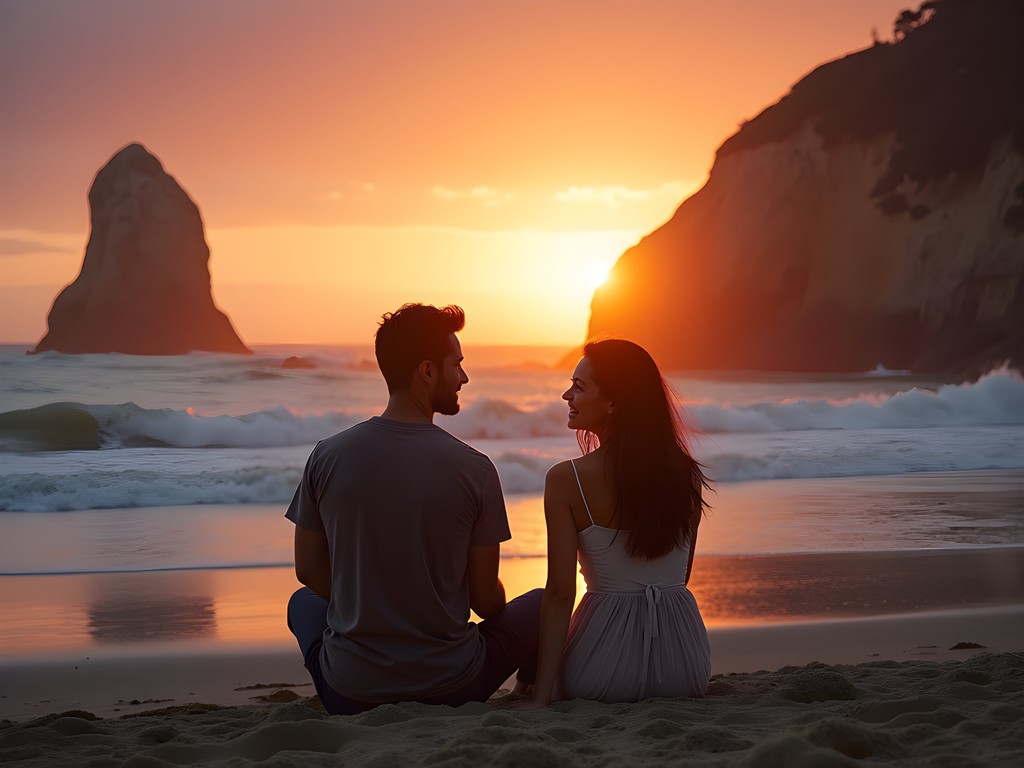
💡 Pro Tips
- Visit coastal areas on weekdays to avoid crowds – the difference is remarkable
- Low tide at Palos Verdes Peninsula reveals the best tide pooling opportunities
- Pack microspikes for certain Palos Verdes trails that can become slippery with ocean spray
Urban Wilderness: LA's Ecological Treasures
Perhaps the most surprising aspect of Los Angeles for visitors is its abundance of natural areas – urban wilderness spaces where the region's unique Mediterranean ecosystem thrives despite the surrounding development.
The Kenneth Hahn State Recreation Area represents what ecological preservation can achieve even within an urban context. This 401-acre park sits improbably in the middle of the city, offering trails through coastal sage scrub habitats and spectacular views across the LA basin. On clear winter days after rain has washed the air, you can see from the mountains to the sea – the full ecological transect that defines Southern California. The park's eastern section features a restored native plant garden where I've spotted California quail darting between sage bushes – nature's equivalent of a quick off-spin delivery, unexpected and delightful.
Less known to tourists but beloved by locals is the Ernest E. Debs Regional Park near Highland Park. Its 300 acres include the Audubon Center, where educational programs highlight the importance of urban ecology. The park's network of trails traverses chaparral and oak woodland habitats, creating a refuge for both wildlife and humans seeking respite from urban intensity. During spring migration, the park becomes a hotspot for birdwatching, with warblers and tanagers adding flashes of color to the landscape.
For these urban hikes, comfortable footwear is essential. I rely on my trail runners which provide excellent traction on the sometimes loose, decomposed granite trails common in LA's parks. A good daypack with water capacity is also crucial in Southern California's arid climate.
Perhaps the most magical urban nature experience in Los Angeles happens at the Natural History Museum's Nature Gardens. This 3.5-acre habitat garden transforms a formerly concrete space into a living laboratory where butterflies, birds, and native plants create a functioning ecosystem in the shadow of downtown skyscrapers. The garden demonstrates how ecological principles can be applied at any scale – a philosophy I've seen implemented in conservation projects from Costa Rica to Tasmania.
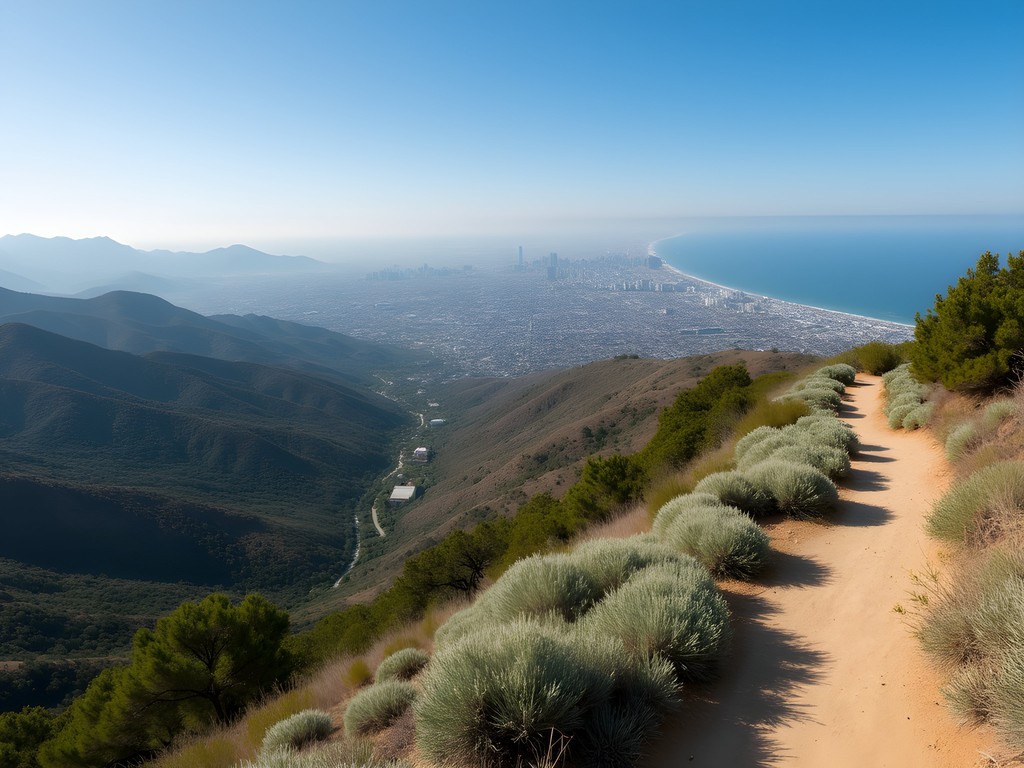
💡 Pro Tips
- Visit Kenneth Hahn after winter rains when the native plants bloom and the air clarity offers spectacular views
- The Audubon Center at Ernest Debs Park offers free guided bird walks on select weekend mornings
- Many urban parks in LA close at sunset – plan accordingly to avoid being locked in
Culinary Deep Cuts: Beyond Food Trends
Los Angeles food culture runs deeper than the latest Instagram-friendly trends. The city's most authentic dining experiences often hide in strip malls or family-run establishments that have quietly perfected their craft over decades.
In a nondescript mini-mall in Thai Town, Sapp Coffee Shop serves boat noodles with a depth of flavor that transported me straight back to assignments covering cricket in Southeast Asia. The broth – rich with spices and thickened slightly with blood – offers a complexity that parallels Thailand's cultural layers. Nothing about the fluorescent-lit interior suggests culinary excellence, which makes the food even more remarkable.
For Mexican cuisine beyond standard taqueria fare, I recommend Guelaguetza in Koreatown, specializing in Oaxacan dishes. Their moles represent culinary tradition passed through generations – complex sauces requiring dozens of ingredients and days of preparation. The restaurant has become a cultural institution, preserving foodways that might otherwise be lost to assimilation and serving as a gathering place for the Oaxacan community.
My most treasured food discovery came through a cricket teammate from Sri Lanka who introduced me to Apey Kade in Tarzana. This unassuming spot serves Sri Lankan cuisine rarely found elsewhere in LA. Their lamprais – rice, meat curries, and accompaniments wrapped in banana leaf and baked – offers a perfect balance of flavors and textures that reminds me of how the best sporting moments achieve harmony through contrasting elements working together.
For exploring LA's diverse food scene, I've found it helpful to document discoveries in a dedicated travel journal where I note not just restaurant names but specific dishes, cultural context, and the stories behind family-run establishments. These culinary journeys through Los Angeles have deepened my appreciation for how food preserves cultural identity in diaspora communities – something I've observed in cricket communities worldwide, where post-match meals often become expressions of heritage and belonging.
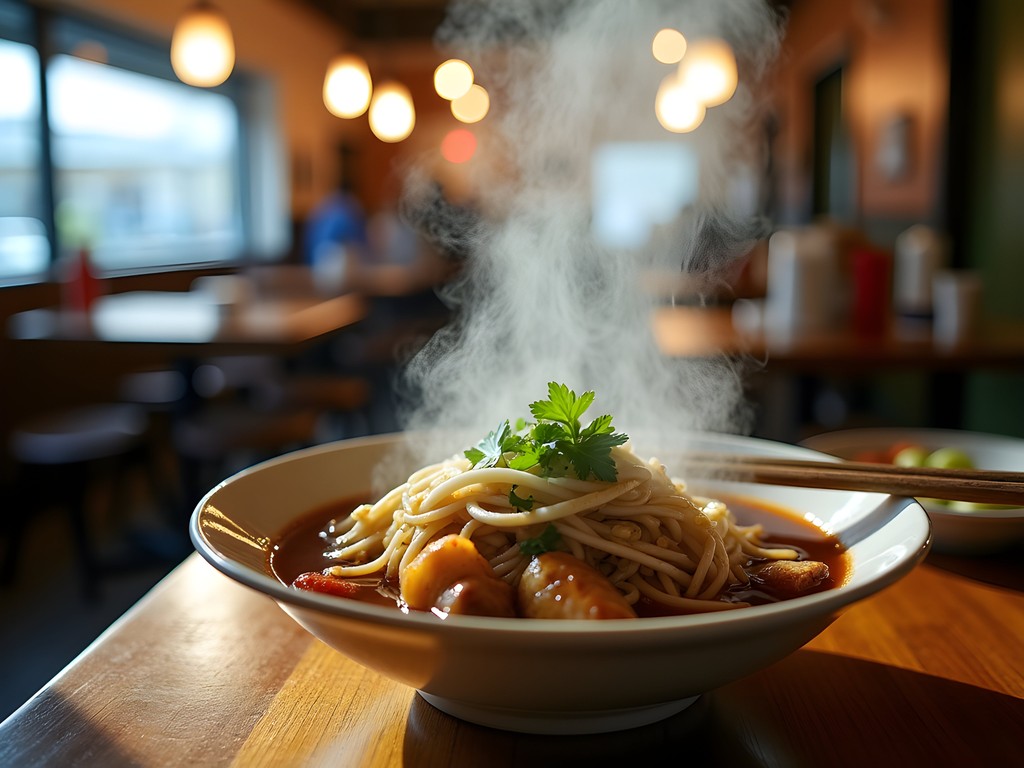
💡 Pro Tips
- Many family-run ethnic restaurants close between lunch and dinner service – call ahead to confirm hours
- Don't judge by appearances – some of LA's best food comes from the most modest-looking establishments
- Ask servers for their personal recommendations rather than ordering the most familiar dishes
Artistic Enclaves: LA's Creative Undercurrents
Beyond the major museums and commercial galleries lies a network of artist-run spaces and cultural centers where Los Angeles' creative energy flows most authentically.
The Watts Towers Arts Center stands in the shadow of Simon Rodia's monumental sculptural achievement – towers he constructed single-handedly over 33 years using found materials and intuitive engineering. The center itself serves as a cultural anchor for the community, offering exhibitions, workshops, and performances that celebrate African American arts. During my visits covering sports in LA, I would often detour here to ground myself in this remarkable example of individual vision and community resilience.
In Highland Park, Avenue 50 Studio promotes Latinx and Chicanx art through exhibitions that engage with cultural identity and social justice. The space exemplifies how art can function as both cultural preservation and contemporary commentary. I've attended poetry readings here where the energy reminded me of the passionate cricket crowds in India – deeply engaged with every nuance and ready to respond with appreciation for technical mastery.
For those interested in where contemporary art is heading rather than where it's been, The Mistake Room in downtown LA showcases international emerging artists with an emphasis on Latin America and the Global South. The exhibitions often challenge conventional Western art narratives, creating dialogue between different cultural traditions – something I've always appreciated in my travels documenting sports across cultural boundaries.
One of my most memorable LA art experiences happened at Self Help Graphics & Art in Boyle Heights, a community arts center that has supported Chicano and Latino artists since 1970. Their annual Día de los Muertos celebrations transform traditional cultural practices into contemporary artistic expression through printmaking workshops, exhibitions, and community altars. The printmaking studio preserves traditional techniques while encouraging innovation – a balance I've seen in the best sporting traditions that honor history while evolving with contemporary culture.
When visiting these arts spaces, I often document the experience with my compact camera which captures the vibrant colors and textures of community art without being as intrusive as larger equipment. The camera's classic design also tends to put people at ease compared to more professional-looking gear.
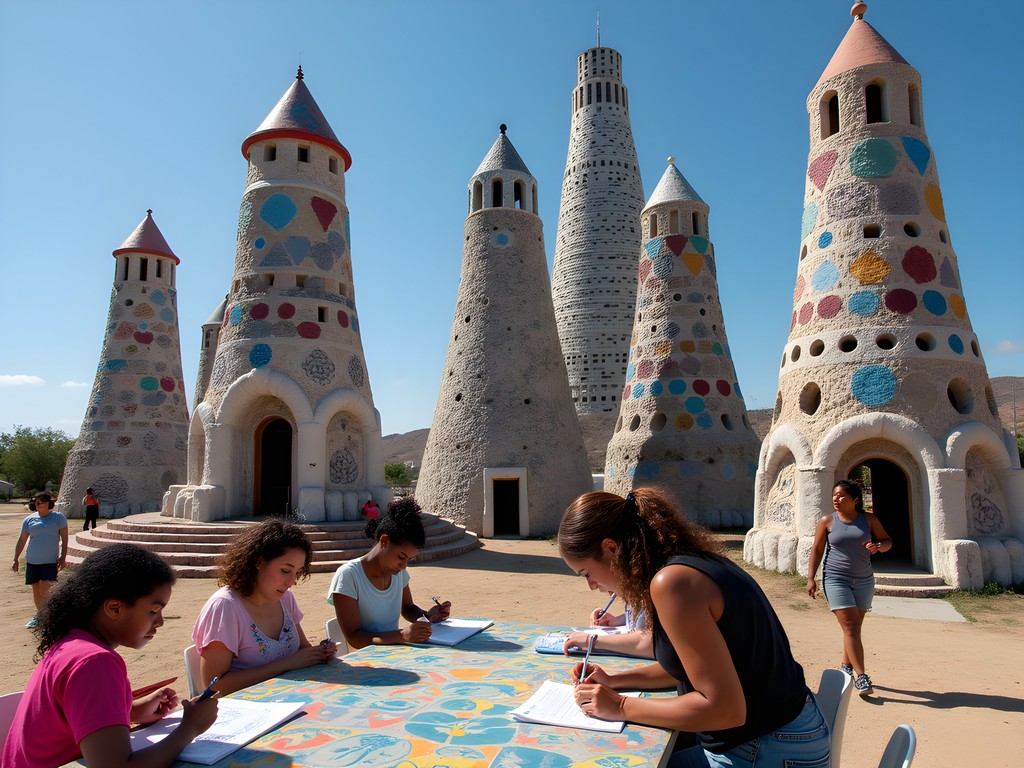
💡 Pro Tips
- Check social media rather than websites for the most up-to-date exhibition information at smaller arts spaces
- Many community arts centers offer workshops where visitors can learn traditional techniques
- Opening receptions usually happen on weekend afternoons and offer the best opportunity to meet artists and understand their work
Final Thoughts
Los Angeles reveals itself slowly, like a test match unfolding over five days rather than the instant gratification of a T20 game. The city rewards those willing to venture beyond the highlight reels and explore its quieter corners, diverse neighborhoods, and natural spaces. What I've shared here barely scratches the surface of a metropolis that contains multitudes – each neighborhood harboring its own cultural ecosystems worthy of exploration. As you plan your journey through LA's hidden treasures, remember that the most memorable experiences often come from following curiosity down unmarked paths, engaging with locals passionate about their communities, and approaching the city with openness rather than preconceptions. Los Angeles may have built its reputation on manufacturing dreams for export, but its true magic lies in the authentic cultural richness that flourishes just beyond the spotlight's glare.
✨ Key Takeaways
- Los Angeles offers authentic cultural experiences in neighborhoods rarely visited by tourists
- The city's coastal treasures extend far beyond the famous beaches of Santa Monica and Venice
- Urban wilderness areas provide surprising ecological diversity within the metropolitan area
- Family-run ethnic restaurants often offer more authentic culinary experiences than trendy establishments
- Community arts centers showcase cultural expressions rarely seen in commercial galleries and major museums
📋 Practical Information
Best Time to Visit
year-round, though January-May offers clearest skies after winter rains
Budget Estimate
$150-250 per day for couples (accommodations, meals, transportation)
Recommended Duration
5-7 days to explore beyond tourist attractions
Difficulty Level
Beginner
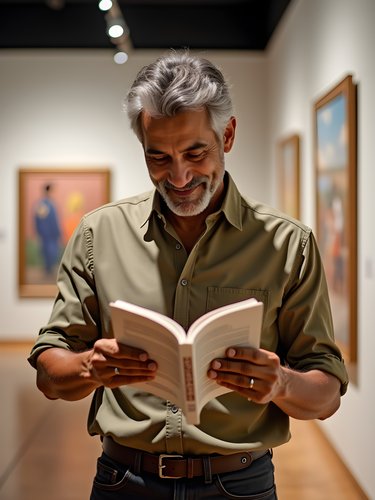
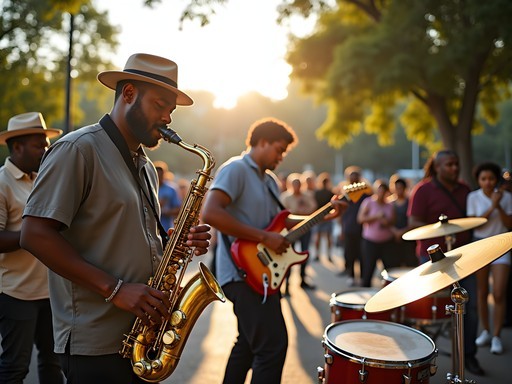
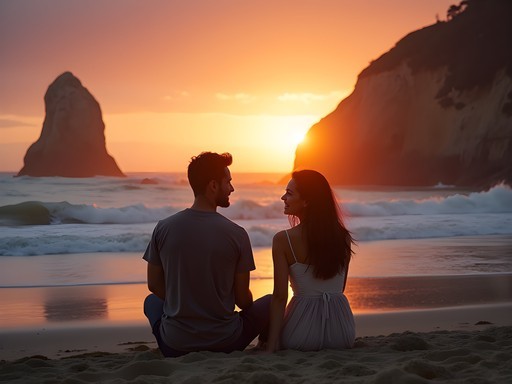
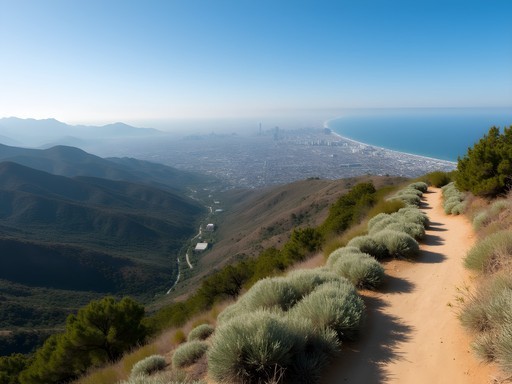

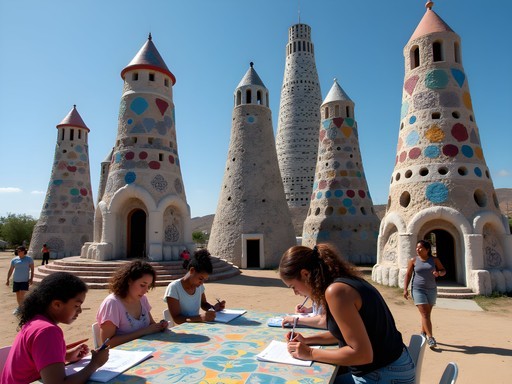



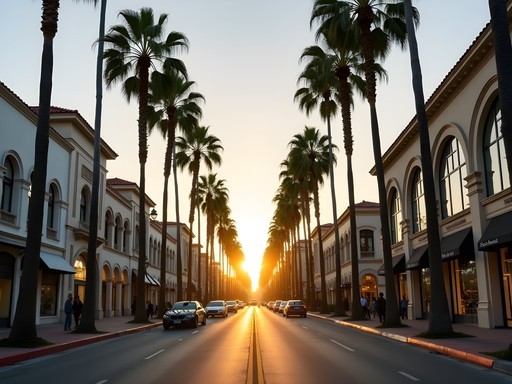
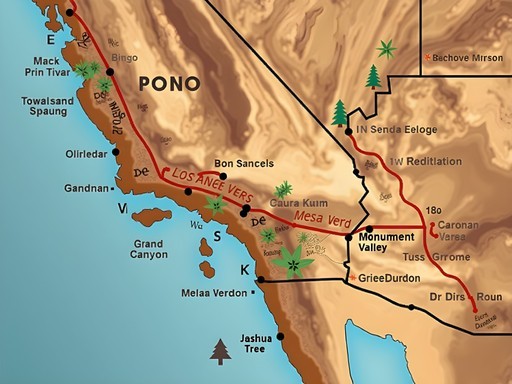
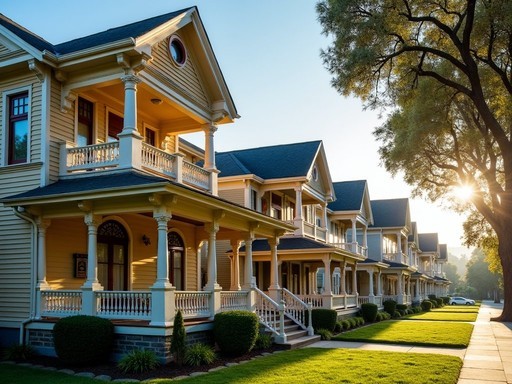
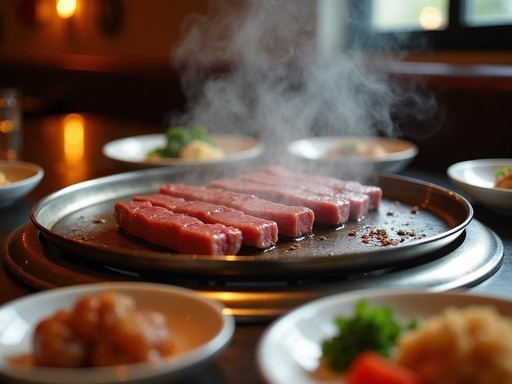
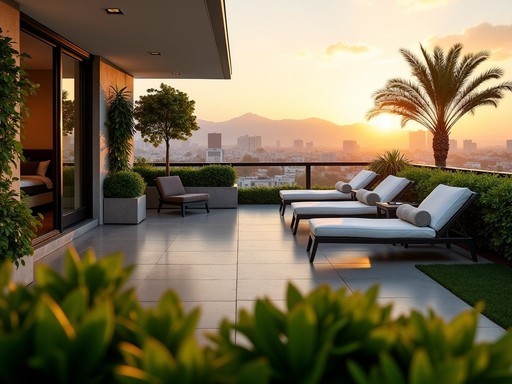
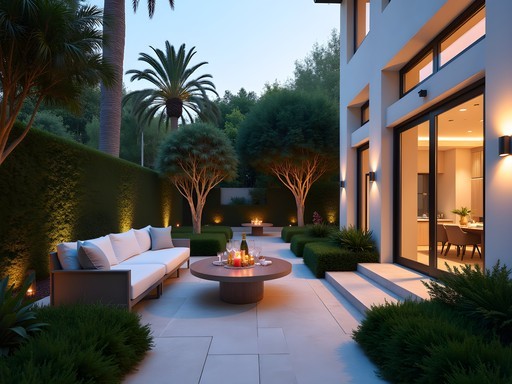
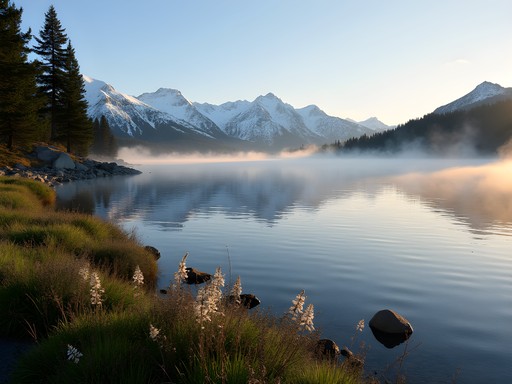
Comments
mountainway
Just tried the Japanese garden in the Valley you recommended. So peaceful and empty compared to the Getty!
freeninja
If you're heading to those hidden beaches north of Malibu, go SUPER early. By noon the secret spots aren't so secret anymore, especially on weekends. And don't miss the tide pools at Leo Carrillo - we saw starfish and sea anemones last month!
mountainway
Totally agree about going early! We got to Point Dume at 7am and had the whole place to ourselves for like an hour. Magical!
Adam Nichols
Brilliant piece that captures the duality of LA perfectly. As someone who's visited multiple times for work, I've found the city reveals itself in layers. Your section on urban wilderness particularly resonated - I spent a fascinating morning at the Ballona Wetlands last trip, watching great blue herons while downtown skyscrapers loomed in the distance. The ecological contrasts are striking. One addition to your culinary section: the Ethiopian corridor on Fairfax is extraordinary. I'd argue it rivals any in the world outside Addis Ababa. And for those exploring these neighborhoods, I found using this guidebook invaluable for finding these non-touristy spots. The detailed neighborhood maps were particularly useful when wandering places like Frogtown or the Arts District.
tripmate3216
That taco spot in Highland Park you mentioned is 🔥🔥🔥
wanderlustmaster
Going to LA next month! Is it really worth renting a car to see these spots or can I manage with Uber?
Adam Nichols
Having just returned from LA, I'd say it depends on your itinerary. The Metro is surprisingly useful for downtown, Arts District, and Santa Monica. But for places like Topanga or the San Gabriel Valley food scene Amit mentions, you'll want a car. I rented one just for those specific days and used public transit/rideshare the rest of the time. Saved money and avoided parking nightmares.
wanderlustmaster
Thanks! That's super helpful. Maybe I'll do the same - rent for just a few days.
Ana Robinson
Amit, this is exactly what I needed when I visited LA with my kids last summer! We spent our first day doing the touristy Hollywood stuff, and honestly, they were bored. Then we discovered Echo Park Lake (paddle boats were a hit!), explored Leimert Park's amazing music scene, and spent a whole day at Topanga State Park hiking trails. The Korean food trucks in the San Fernando Valley were the highlight for my 10-year-old. I wish I'd had your guide then - especially the tip about the hidden beaches north of Malibu. Bookmarking this for our return trip!
mountainway
Echo Park is awesome! Did you try the lotus flower boats? My kids went crazy for those.
Ana Robinson
Yes! The swan boats were actually the highlight of our trip. That and finding that little bakery nearby that sells those amazing churros... I think it was called Loqui?
skybackpacker
Finally! Someone writing about the real LA instead of just the Hollywood sign and Walk of Fame.
Nicole Russell
Just returned to LA and used this guide again! Quick tip for anyone following Amit's coastal secrets section - if you're heading to El Matador Beach, go SUPER early (like before 9am) on weekdays if possible. It's becoming less of a hidden gem these days, but still magical when you catch it without crowds.
wavelover1168
Is parking difficult there? Heard mixed things about Malibu beaches and access.
Nicole Russell
There's a small paid lot right at the entrance, but it fills up FAST on weekends. If you go early on a weekday you'll be fine. Otherwise you might end up parking along PCH and walking a bit. Worth it though!
SoCal_Explorer
As a local, I appreciate that you highlighted the Culver City Arts District instead of just telling people to go to The Broad or LACMA. The independent galleries there are showcasing some incredible artists. Also glad you mentioned taking the Metro! Our public transit isn't perfect but it's WAY better than most visitors realize, and it can get you to many of these hidden gems without dealing with our infamous traffic.
wavelover1168
Has anyone tried the food spots mentioned in the Culinary Deep Cuts section? Heading to LA next week and I'm a big foodie!
luckyhero
Just got back from LA and tried that Armenian place in Glendale he mentioned - Mini Kabob. AMAZING and definitely not a tourist spot. Cash only though, heads up!
wavelover1168
Thanks for the tip! Adding it to my list right now.
Venture X
Premium card with 2X miles, $300 travel credit, Priority Pass